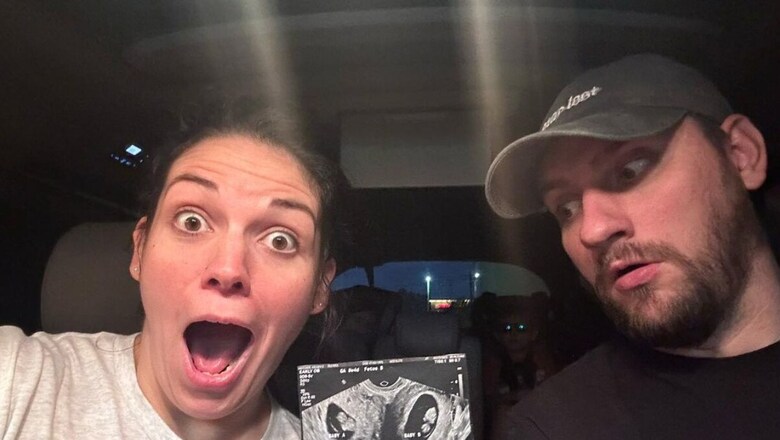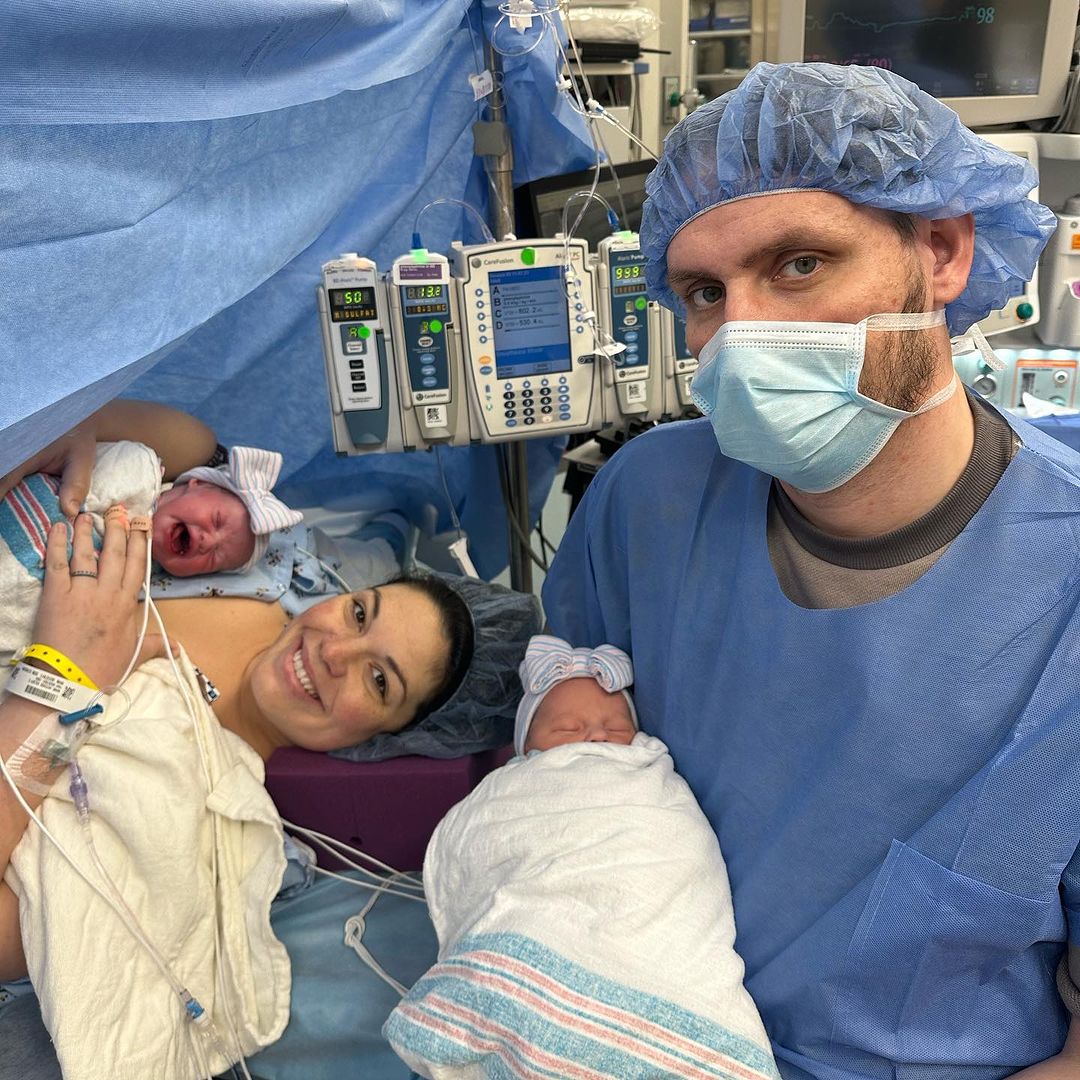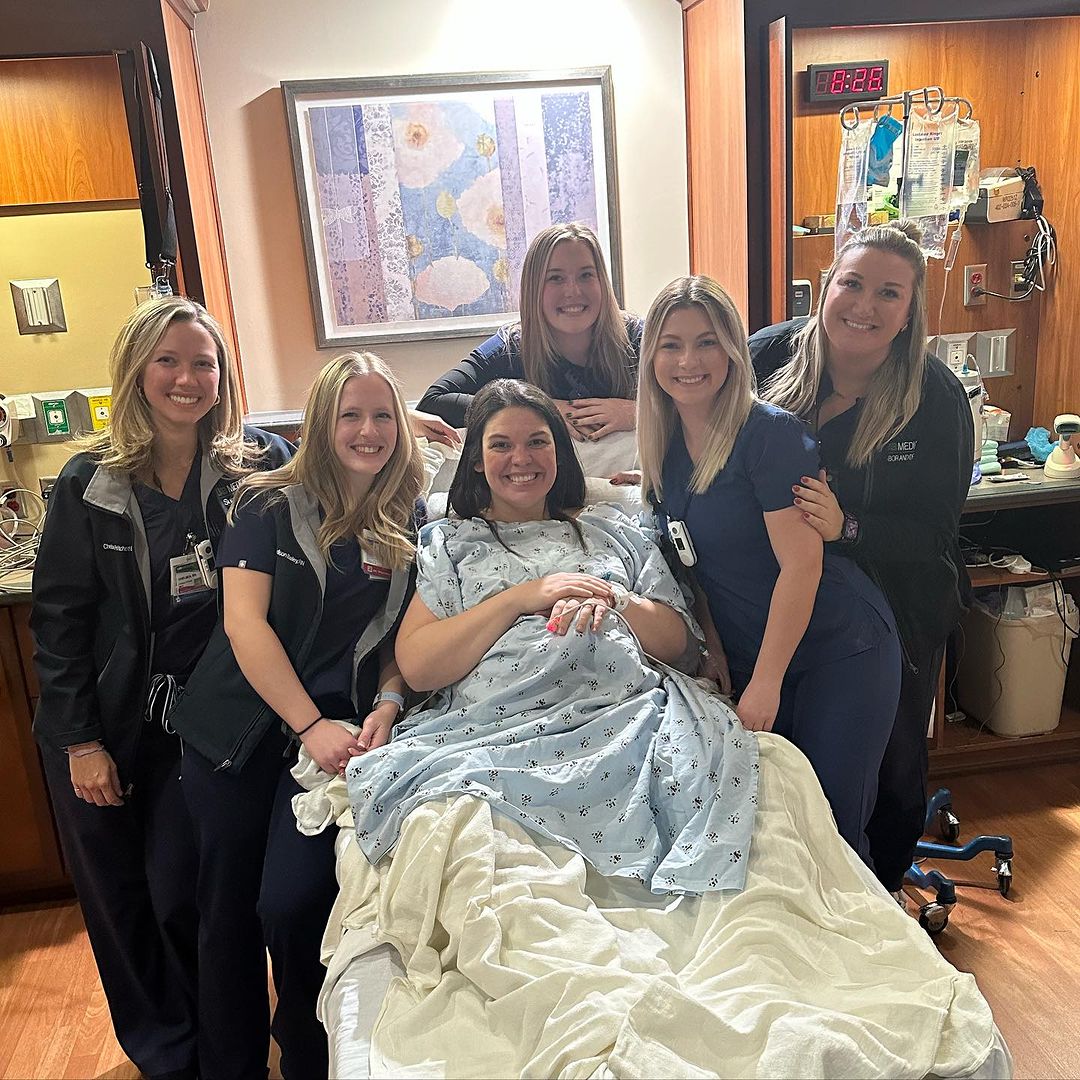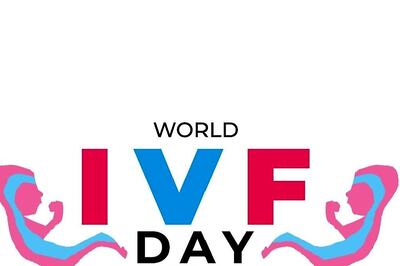
views
A woman in the US state of Alabama, who has a rare congenital anomaly resulting in having two uteri, gave birth to twin girls this week. On Tuesday, Kelsey Hatcher and husband Caleb welcomed Roxi Layla and her sister Rebel Laken on Wednesday morning at the University of Alabama at Birmingham Hospital (UAB).
“Our miracle babies were born! They decided they were rare enough statistically that they should just go ahead and have their own birthdays too,” Hatcher wrote on Instagram. Hatcher has a rare double uterus and was pregnant with a baby on each side, a rare pregnancy known as a dicavitary pregnancy that has a one in a million chance of occurring.
READ MORE: US Woman With Rare Double Uterus Defies 1 in 50 Million Odds in Pregnancy

‘One-in-a-million chance’
Kelsey’s obstetrician, Shweta Patel, was in disbelief of the discovery until she was able to look at the scans herself. While it is not as uncommon for women with a double uterus to have a pregnancy with one baby in one uterus, as Kelsey had carried three times before, having a baby in both is an estimated one-in-a-million chance.
“I had already taken care of Kelsey through her third pregnancy and knew she had a double uterus, but that was only one baby — two babies in two uteri were a true medical surprise,” Hatcher’s obstetrician Patel recounted in a hospital news release. “I knew I would need additional expertise. Luckily, I was able to reach out to my UAB maternal-fetal medicine colleagues who specialize in high-risk obstetrics cases and unique pregnancies.”

High risk
Hatcher’s pregnancy was considered high risk and she was induced at 39 weeks. After a combined 20 hours of labor, the two baby girls were born. Although a typical twin pregnancy is defined by two babies in one uterus, Richard Davis, the physician who co-managed the pregnancy, said it is “safe to call the girls fraternal twins.”
The first baby was delivered vaginally, as were Hatcher’s previous three children, while the second one was born via C-section. The medical team had come prepared with three potential scenarios for the delivery: both babies delivered vaginally, one baby born vaginally and one via C-section, or a C-section for both births. “I can’t wait to share the entire birth story with you guys!,” Hatcher wrote on social media. “While we are all home now, we will take the time (to) bond, recover, and enjoy the holidays!
(With agency inputs)



















Comments
0 comment